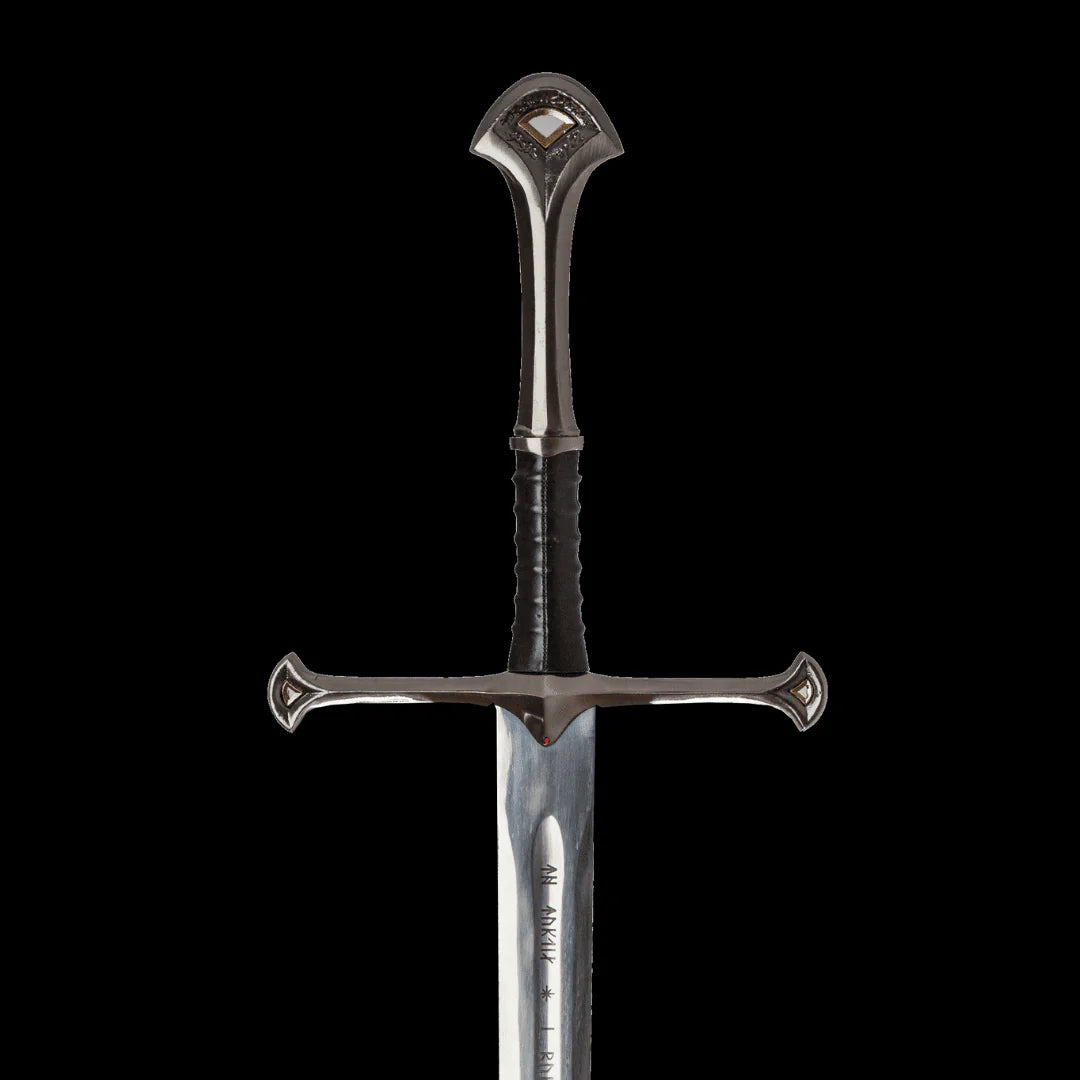
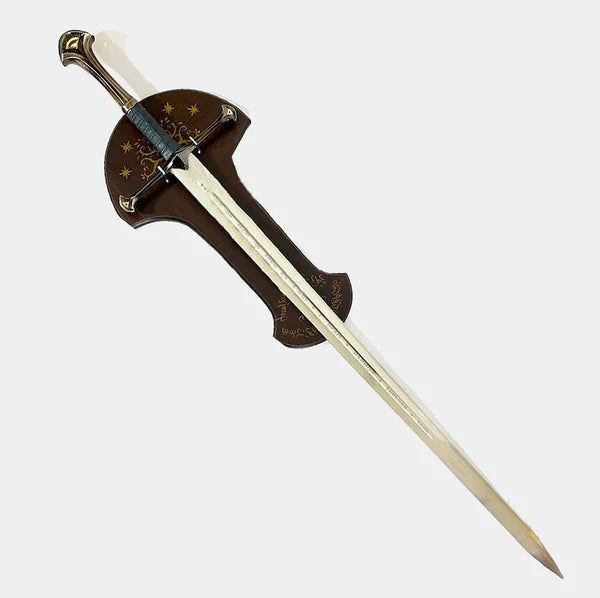
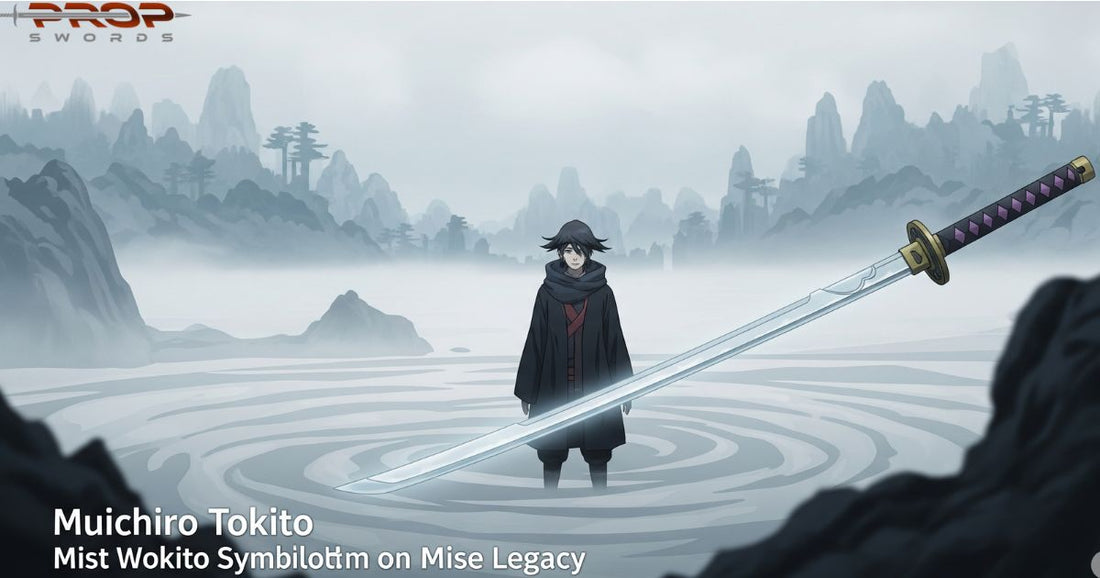
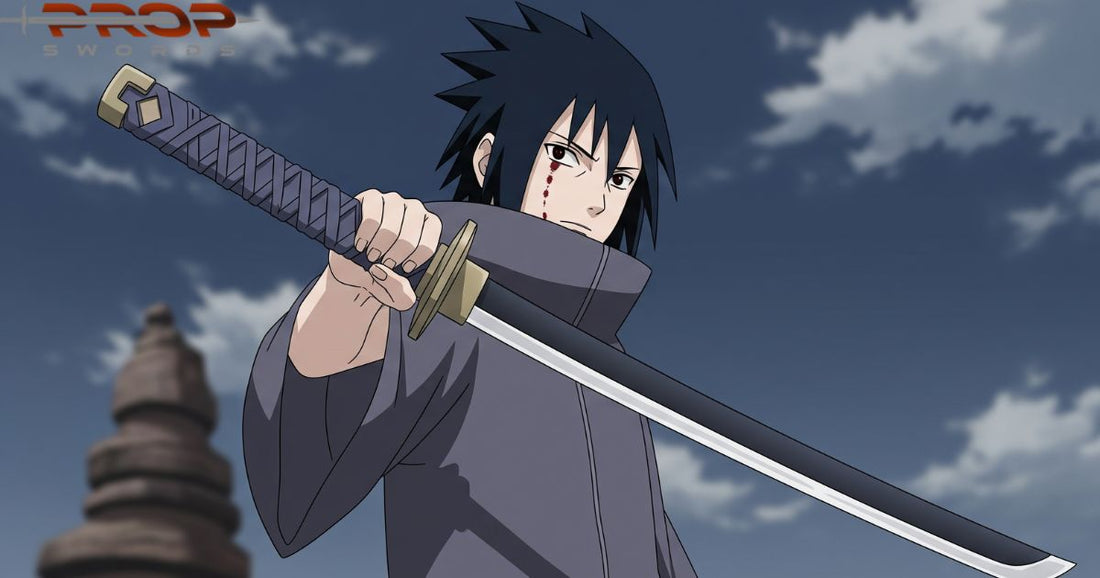

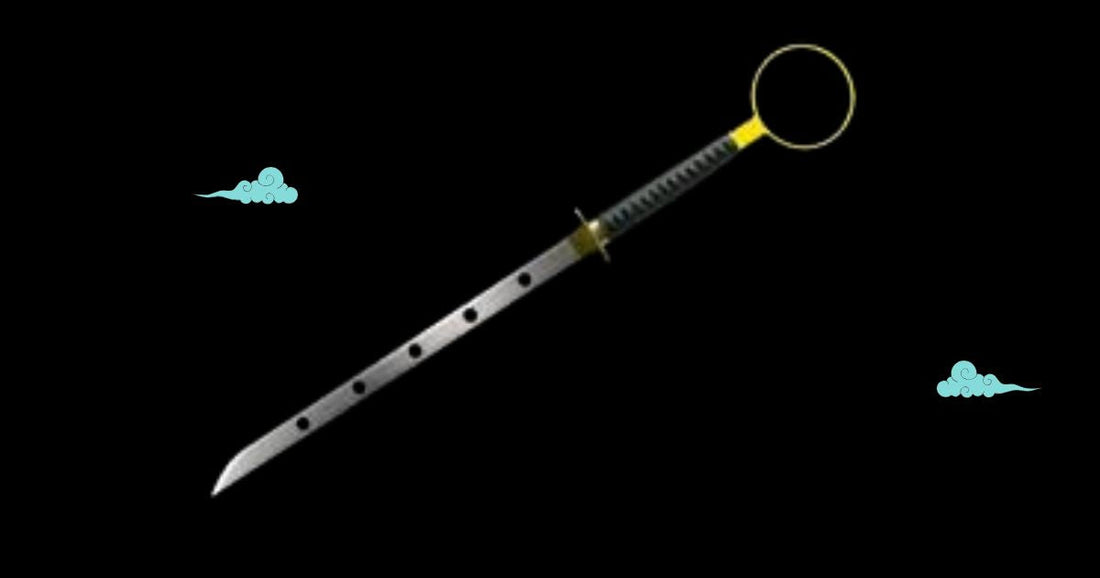

The Power and Potential of Sasuke's Kusanagi Sword
Sasuke Uchiha’s weapon of choice, the Grass Cutter Sword, also known as the Kusanagi, is
one of the most intriguing tools in the Naruto universe. It’s not just a blade; it’s a statement, a reflection of Sasuke’s sharp precision, his evolution, and his desire to be more than just another shinobi. You’ve seen him wield it with unmatched skill, but have you ever wondered what makes this sword so unique? There’s more to this sleek weapon than meets the eye, and today, we’re going to uncover it all.
Sasuke’s Kusanagi Sword Abilities
The Grass Cutter Sword might look ordinary to the untrained eye, but don’t be fooled. Its
simplicity hides its actual abilities. At its core, the Kusanagi is a versatile weapon designed for efficiency and power. Sasuke enhances this sword with his lightning chakra, giving it the nickname “Chidori Katana.” These high-frequency vibrations increase its sharpness, turning the blade into an electrified scalpel that slices through nearly any obstacle. You may be asking, "Can Sasuke’s Kusanagi cut through chakra?" Here’s the answer: yes, it can neutralize and disrupt chakra-based defenses when paired with Sasuke’s precision and lightning infusion. This is not just about raw power, though; it’s about control. With his Sharingan, Sasuke can anticipate and strike weaknesses, making his sword abilities seem almost supernatural. On more than one occasion, he’s shown that the Kusanagi is as much about strategy as it is about skill.
Chokuto or Katana? Understanding the Blade
Sasuke’s Grass Cutter has a certain mystique, but what exactly is it? "Is Sasuke’s Kusanagi a
Hokuto or katana?" Technically, it’s a Hokuto, a straight-edged blade traditionally used by
samurai in ancient times. Unlike the slightly curved katana, the Hokuto is built for precise,
deliberate strikes. It mirrors Sasuke’s cold and calculated combat style perfectly. This isn’t a
flashy, show-off weapon; it’s made for efficiency and elegance, much like Sasuke himself.
Buy: Game of Thrones Needle – Authentic Replica of Arya Stark’s Sword - A detailed
replica of Arya Stark’s Needle sword from Game of Thrones.
Kusanagi Sword in Legendary Battles
Some of Sasuke’s most intense fights have brought the Grass Cutter Sword to the forefront, showcasing its full potential. One unforgettable moment is the "Kusanagi sword in Sasuke vs Itachi fight." When the brothers clashed in their iconic battle, the sword was integral to Sasuke’s strategy. It wasn’t just a weapon; it was an extension of his will to prove himself, his dedication to honor his clan, and his raw determination.
But what sets this sword apart is how it adapts to Sasuke’s style. The added infusion of
Lightning Release during this fight made it almost impossible for Itachi to counter, which
highlights how Sasuke evolves not just his techniques but also his tools.
Want to buy: The Naruto Sasuke Kusanagi Grass Cutter Steel Ninja Sword Katana
Cosplay Straitblade is crafted to mimic every detail fans adore about the legendary
blade.
Material and Durability of the Kusanagi
Now, you might wonder about the strength and resilience of this weapon. "Kusanagi sword material and durability" are nothing short of impressive. The blade is renowned for its incredible toughness, remaining strong even when clashing against more unusual weapons, such as Killer Bee’s Samehada. Although it doesn’t flaunt supernatural properties like regenerating or absorbing chakra, its simplicity becomes its strength. It doesn’t rely on gimmicks but instead on its master’s skill and sharpness, both literal and metaphorical.
Comparisons that Define Its Legacy
Of course, Sasuke’s Kusanagi draws comparisons to many legendary blades across Naruto
lore. For instance, "Sasuke’s Kusanagi vs Orochimaru’s Kusanagi differences" highlight how
Sasuke’s sword deviates from Orochimaru's. Orochimaru’s Kusanagi possesses flashy abilities like levitating and telescoping, but Sasuke’s version strips it down to basics, focusing on the user’s technique over the sword’s inherent powers.
Then there’s the eternal debate, "Kusanagi sword vs Totsuka Blade strength." While the Totsuka Blade is an ethereal weapon capable of sealing opponents, it lacks the precision and adaptability of Sasuke’s Grass Cutter. The Kusanagi embodies practicality, making it as
grounded and efficient as the shinobi who wields it.
Why Did Sasuke Stop Using the Kusanagi?
If this sword is so iconic, "Why did Sasuke stop using the Kusanagi?" Interestingly, the answer isn’t that he abandoned it entirely. There’s a moment of transition during the Fourth Shinobi World War when Sasuke begins using new techniques and eventually focuses on his Susanoo blades. Some fans speculate that the sheer scale of his battles called for tools beyond what the Kusanagi could provide. Even so, its role in shaping Sasuke’s career and legacy remains
undeniable. Lastly, "What happened to Sasuke’s Kusanagi after the Itachi fight?" Following the aftermath of that emotional clash, the sword became a symbol of Sasuke’s struggles, ambitions, and the path he carved for himself. While he may have wielded other weapons after, there’s no denying that the Grass Cutter Sword is the blade most closely tied to his identity.
Shop Now: Zabuza Sword Replica – Japanese Steel Executioner Blade from Naruto
Series - A meticulously crafted replica of Zabuza's iconic sword, perfect for Naruto fans.
The Kusanagi’s Mythological Echo in Naruto
Finally, what’s a great sword without a legendary origin? "Naruto Kusanagi vs Japanese legend (Kusanagi-no-Tsurugi)" shows us how the lore of the Naruto universe ties back to ancient myth. The original Kusanagi-no-Tsurugi is a legendary sword from Japanese folklore said to have been pulled from the tail of a mythical serpent. Legendary blades carry power not just in their material but in the stories they symbolize. Naruto’s Kusanagi adapts this myth to the shinobi world, where training and discipline make even simpler weapons legendary in the hands of someone like Sasuke.
Shop Now: Masamune Sephiroth Sword from Final Fantasy FF7 Advent Children Sword -
A stunning replica of Sephiroth's legendary Masamune sword.
Final Thoughts
Sasuke’s Grass Cutter Sword is not just a weapon; it’s a story. It’s about power crafted through simplicity, adaptability, and control. Whether you’re marveling at its ability to cut through chakra or holding your breath while watching Sasuke swing it in battle, there’s one thing we can all agree on. This sword has a legacy rivaled by few and remains an inseparable part of Sasuke Uchiha’s character, even as other tools and techniques take the spotlight. The Kusanagi may have evolved along with Sasuke’s battles, but it’ll always be remembered as one of Naruto’s most iconic weapons. And for those of us who grew up with these stories, that’s a legend that’ll never fade.
FAQs
What is Sasuke's Grass Cutter Sword?
Sasuke's Grass Cutter Sword, also known as the Kusanagi, is a straight-edged Hokuto
designed for precision and efficiency. Enhanced with his lightning chakra, it becomes a
deadly weapon capable of cutting through almost anything.
Can Sasuke's Grass Cutter Sword cut through chakra?
Yes, when Sasuke infuses the sword with lightning chakra, it can disrupt and cut through
chakra-based defenses, adding a potent edge to his attacks.
What makes Sasuke's Grass Cutter Sword unique compared to Orochimaru's Kusanagi?
While Orochimaru's Kusanagi possesses supernatural abilities, such as levitation,
Sasuke's version focuses on practical combat efficiency and precision, making it a
weapon tailored to his disciplined fighting style.
Why did Sasuke stop using the Kusanagi in later battles?
Sasuke transitioned to using Susanoo blades during large-scale battles, which provided
more power and a better range of techniques. However, the Grass Cutter Sword remains
an iconic part of his legacy.
How does the Grass Cutter Sword tie into Japanese folklore?
The sword’s name and inspiration originate from the Kusanagi-no-Tsurugi, a legendary
blade from Japanese mythology, which is said to be found in the tail of the serpent
Yamata no Orochi. This connection adds a layer of historical depth to its presence in the
Naruto series.
